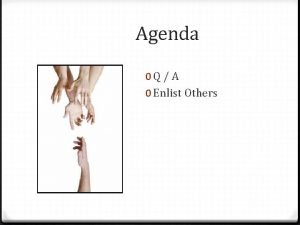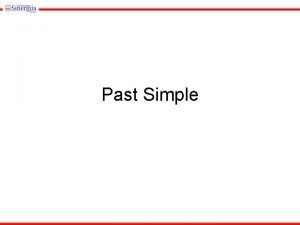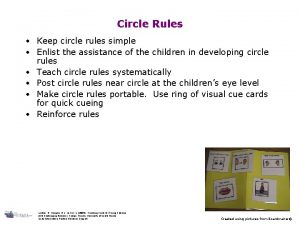Circle Rules Keep circle rules simple Enlist the







- Slides: 7

Circle Rules • Keep circle rules simple • Enlist the assistance of the children in developing circle rules • Teach circle rules systematically • Post circle rules near circle at the children’s eye level • Make circle rules portable. Use ring of visual cue cards for quick cueing • Reinforce rules Lentini, R. , Vaughn, B. J. , & Fox, L. (2005). Teaching Tools for Young Children with Challenging Behavior. Tampa, Florida: University of South Florida, Early Intervention Positive Behavior Support. Created using pictures from Boardmaker®

Assembly Directions If your circle rules differ from what is currently available please feel free to make adaptations. You can double click on the word, located above the picture, to change the text label. Also, a blank template for pictures or photographs has been provided on the last slide. If you would like to personalize pictures or make additional picture prompts, you can paste the pictures into the template and add text using the “text box” on the bottom tool bar. Print the pictures on cardstock (or printer paper glued to manila folder for increased durability), cut them and laminate them. For the large class size picture cues, place a piece of Velcro (rough side) on the back of each picture. Velcro on the back allows the teacher remove a picture to individually cue a child of the rules. For the “key ring” cues (see photograph below), simply punch holes in the corners of the picture cues and attach to the key ring. The key ring can then be worn on the teacher’s wrist for quick access when individually prompting children. Printing directions are on slides 3 and 4. The pictures are attached on a laminated file folder. The folder (or board) should have small strips of Velcro (the soft side) across the front so the pictures can be adhered to the board and yet still be removed for cueing. To view photographs at a larger size, go to “view” on tool bar and then to “zoom”. Class Size Picture Cues Lentini, R. , Vaughn, B. J. , & Fox, L. (2005). Teaching Tools for Young Children with Challenging Behavior. Tampa, Florida: University of South Florida, Early Intervention Positive Behavior Support. Pictures are removable for direct cueing Key ring sample with mini picture cues Created using pictures from Boardmaker®

PRINT DIRECTIONS FOR CLASS SIZE CIRLCE RULES Step 1: Click on File & select Print Step 2: Select slides to print rules Type 5 -7 Step 4: Type # of copies Step 3: Select “slides” Step 5: Click OK Lentini, R. , Vaughn, B. J. , & Fox, L. (2005). Teaching Tools for Young Children with Challenging Behavior. Tampa, Florida: University of South Florida, Early Intervention Positive Behavior Support. Created using pictures from Boardmaker®

PRINT DIRECTIONS FOR KEY RING CUE Step 1: Click on File & select Print Step 2: Select slides to print rules Type 5 -7 Step 5: Type # of copies Step 4: Select 2 slides per page Step 3: Select “handouts” Step 6: Click OK Lentini, R. , Vaughn, B. J. , & Fox, L. (2005). Teaching Tools for Young Children with Challenging Behavior. Tampa, Florida: University of South Florida, Early Intervention Positive Behavior Support. Created using pictures from Microsoft Clipart®.

Look with your eyes. Listen with your ears Use gentle hands and feet. Sit.

Talk with an inside voice.














